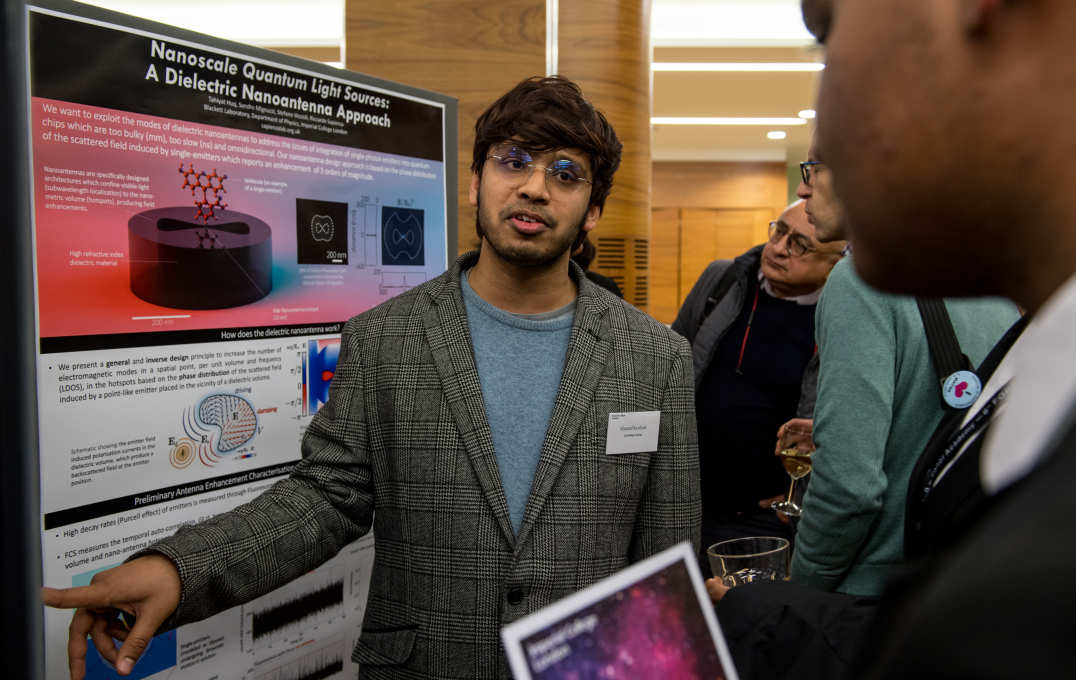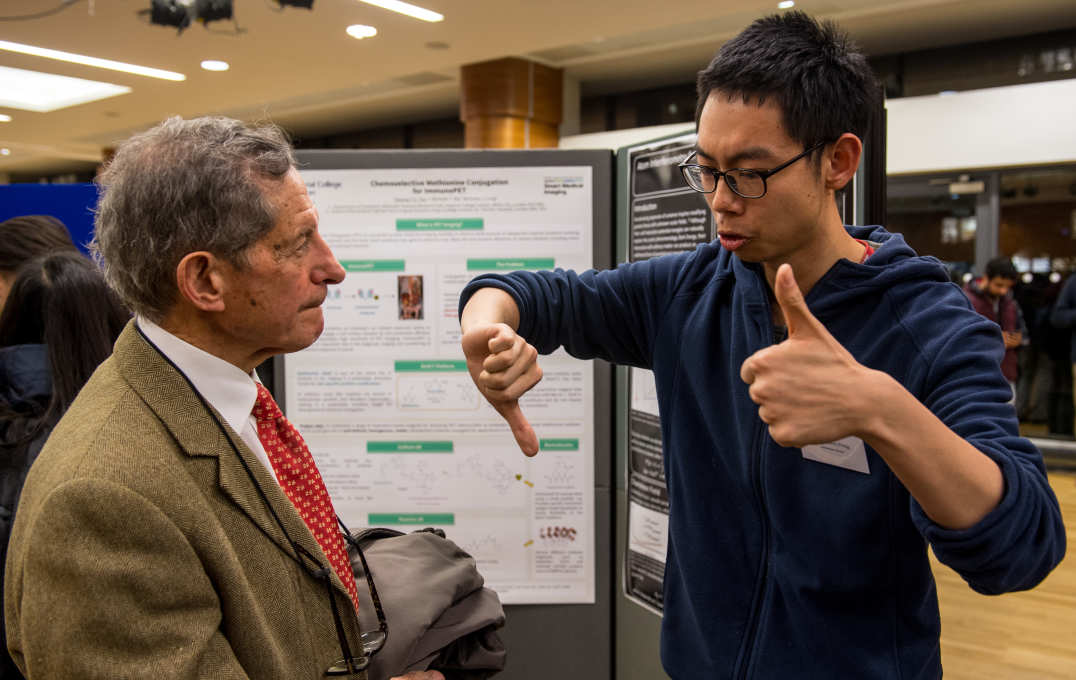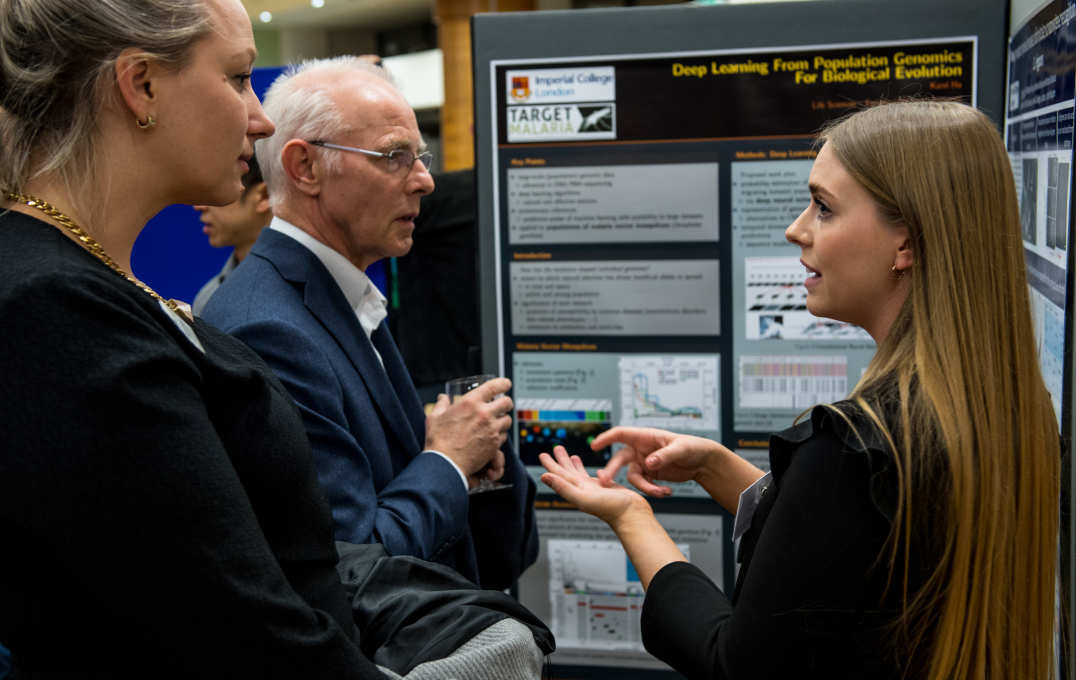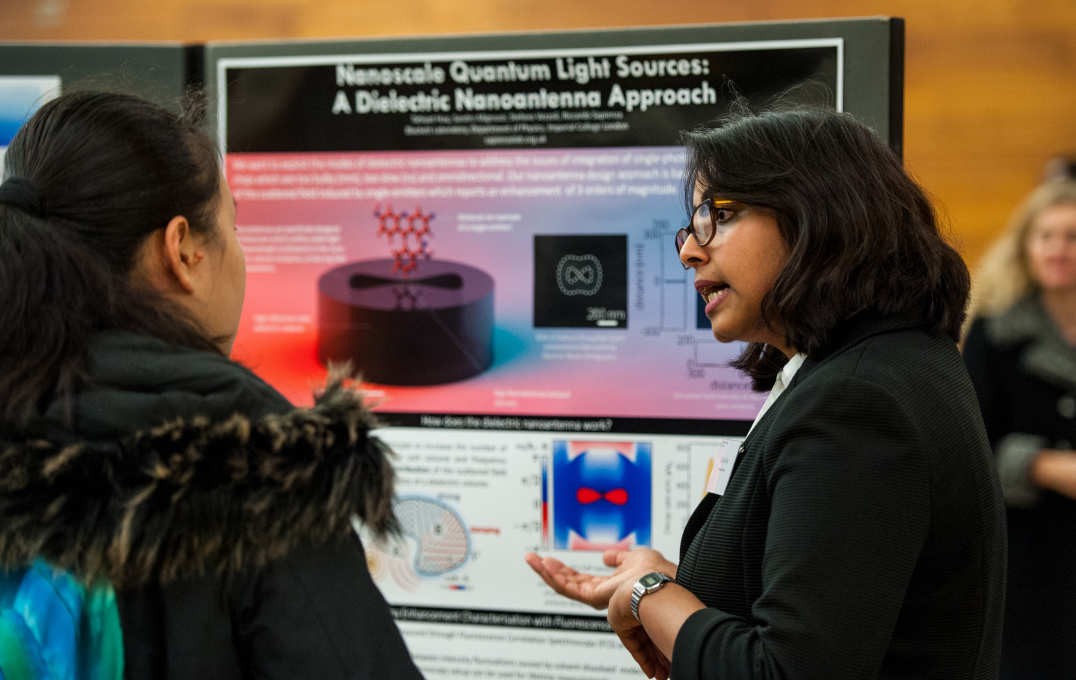Annual lecture explores the probability of coin tosses, atoms and forest fires
The past, present and future of probability theory was presented by Professor Sir Martin Hairer at this year’s annual Schrödinger lecture.
Professor Martin Hairer, from the Department of Mathematics at Imperial, is a world leader in probability theory and analysis. He won the Fields Medal in 2014 and was knighted in 2016.
In the special lecture, which you can view in full in the video above, Professor Hairer took the audience on a journey through probability, and the way seemingly dissimilar events can be described in a similar way by probability.
The search for universality
This principle – universality – helped prove the existence of atoms. Physicists thought that matter was made up of small particles known as atoms, but couldn’t prove it until they applied this idea to ‘Brownian motion’ – the way particles like pollen move in a liquid like water.
The idea was that each atom of water knocks a pollen grain, which doesn’t have much affect on its own, but that thousands of such knocks add up to move the pollen in a way that can be predicted by probability.
This pattern can also apply to the movement of stock markets, with many individual transactions building up to affect the price of stock. The exact details of both situations – stock transactions and water atom movements – are very different, but the probabilistic outcome is the same.
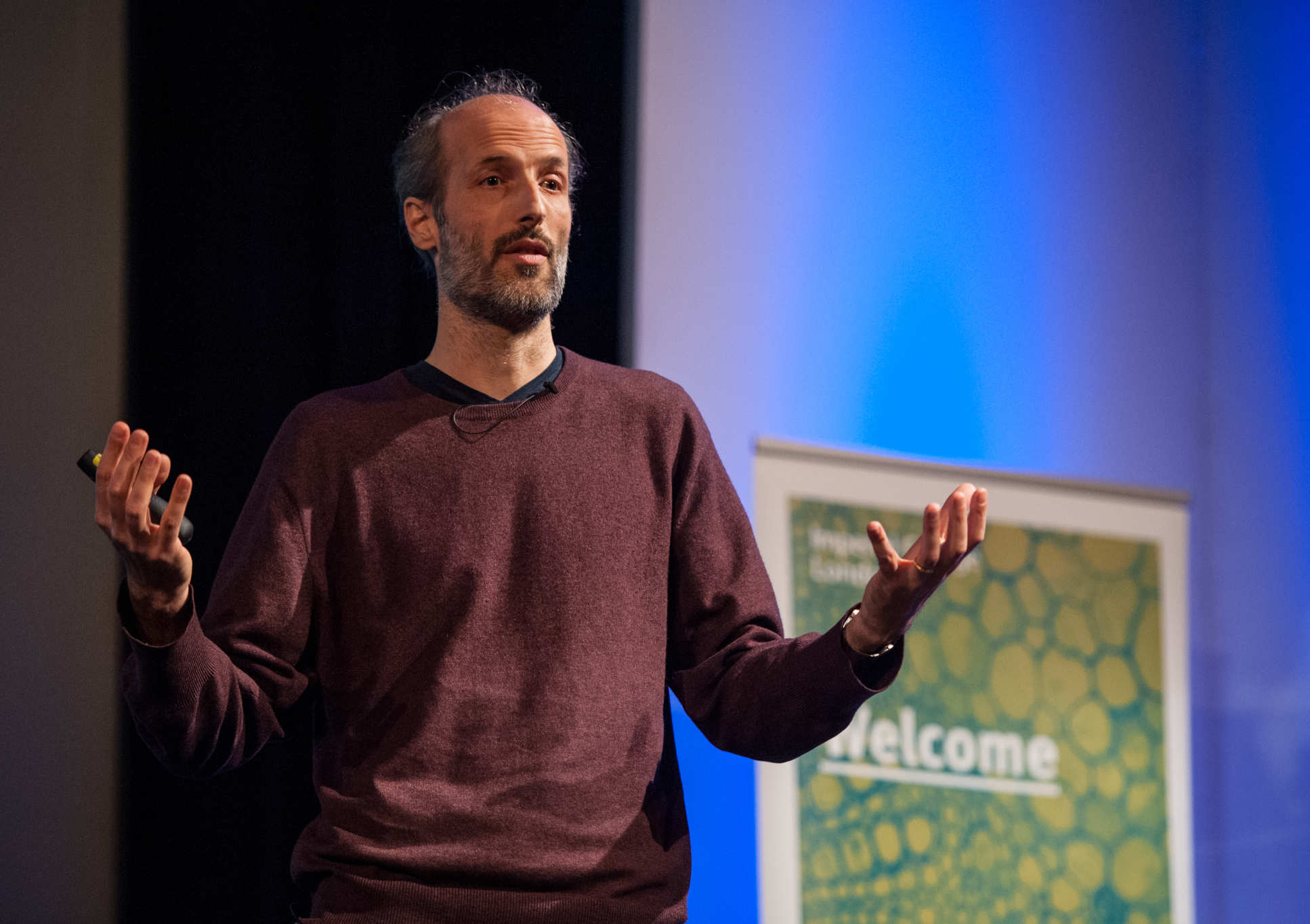
The search for such ‘objects’ in probability – patterns that can explain seemingly dissimilar situations – is an advancing field, explained Professor Hairer.
He demonstrated how the flame front of a forest fire is similar to the change in state of liquid crystals in TV displays, and even to the advancing top of a stack of Tetris blocks if no-one rotates them – but that the underlying probability ‘object’ for these similar situations has not yet been fully proven.
Schrödinger scholars
As well as an annual lecture, the Faculty of Natural Sciences awards Schrödinger Scholarships to the most outstanding students who have made an application for admission to study for a full-time PhD in the Departments of Chemistry, Life Sciences, Mathematics and Physics.
The current scholars displayed their work and chatted to audience members at a reception following the lecture, where Imperial mathematicians also demonstrated their latest work.
-
All photos by Fergus Burnett
Article text (excluding photos or graphics) © Imperial College London.
Photos and graphics subject to third party copyright used with permission or © Imperial College London.
Reporter
Hayley Dunning
Communications Division

